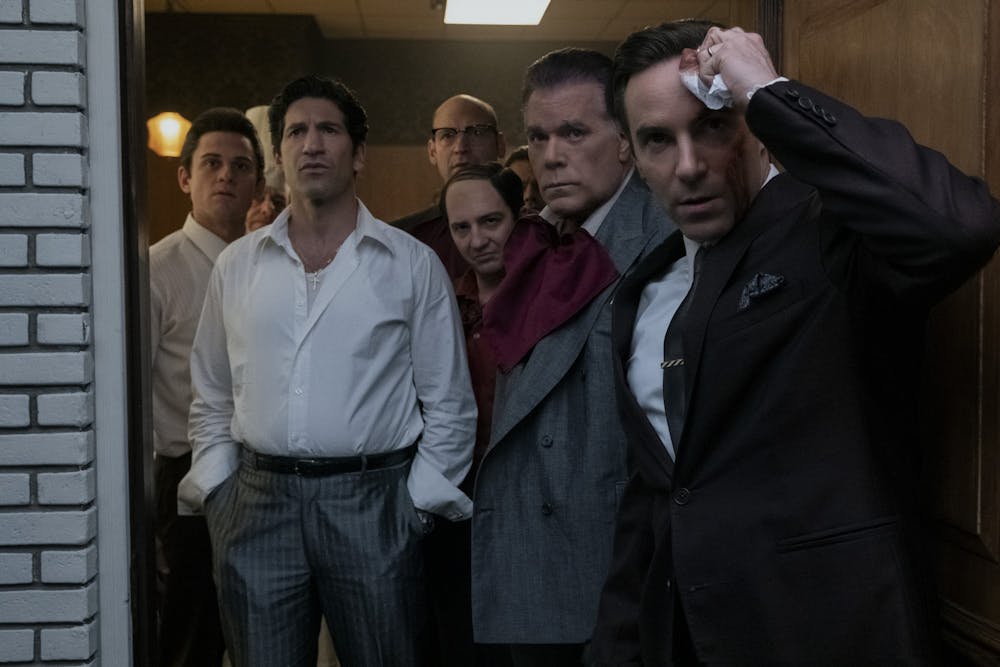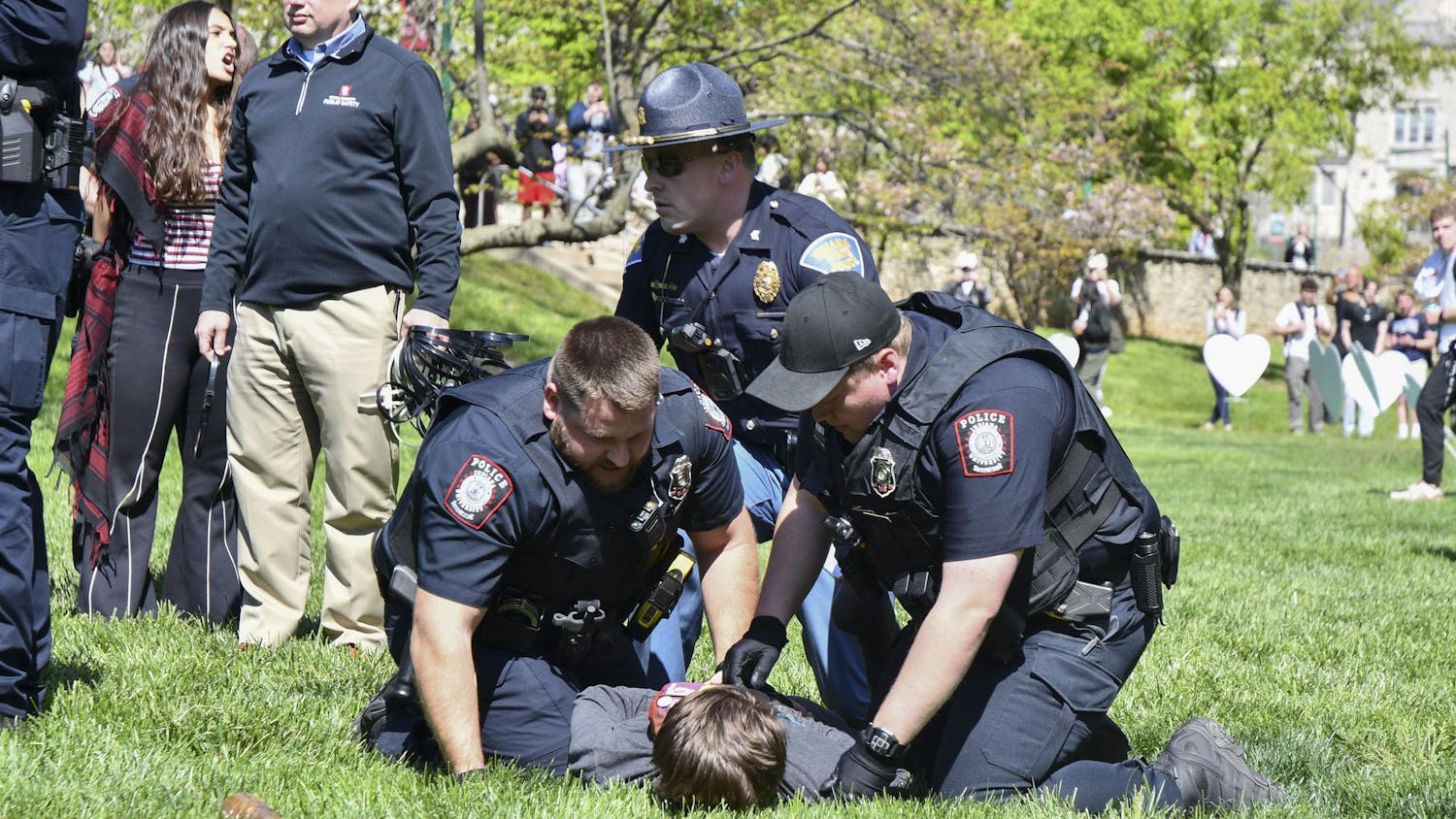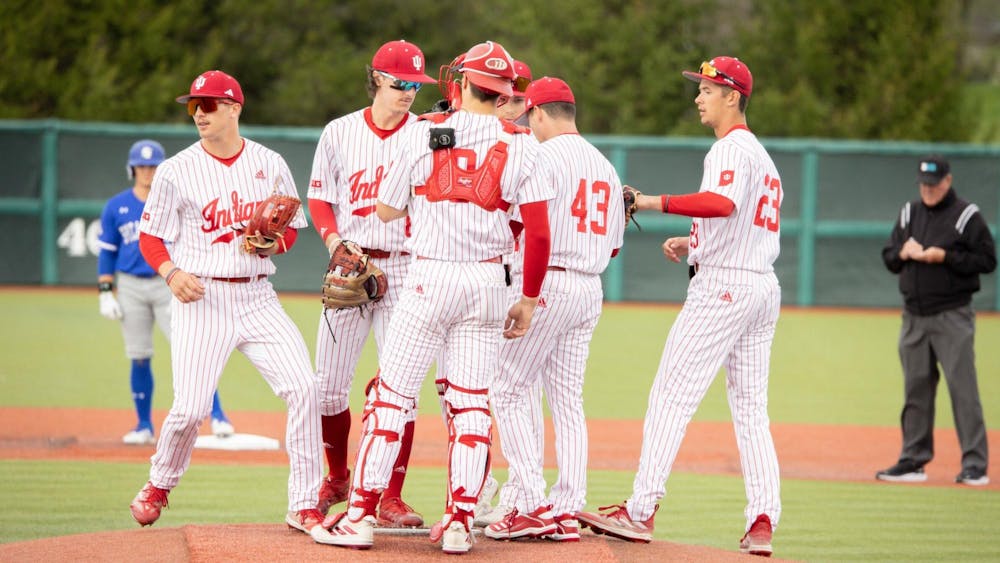Michael Gandolfini shines in “The Sopranos” prequel film “The Many Saints of Newark,” despite an otherwise mediocre and unfocused plot.
The film revisits the legacy of the protagonistic DiMeo crime family in HBO’s “The Sopranos” television series of the early 2000s. Set in a series of time jumps, “The Many Saints of Newark” takes place before the reign of mob boss Tony Soprano.
Sopranos creator David Chase used the film to introduce the violent and emotionally-charged Dickie Moltisanti, a soldier in the mob and father figure to a young Tony.
Moltisanti never appeared onscreen in “The Sopranos,” but is a highlight of the new film to showcase how his relationship with the young Tony turned the boy into the ill-tempered boss he is known as in the series.
The portrayal of a teenage Tony breathes life into the film when other character revivals fall short.
Actor Michael Gandolfini steps into the role of Tony Soprano without fail, bearing an uncanny resemblance to his late father who played the mob protegee in the series.
The small amount of screen time he received elevates the film entirely as Gandolfini captures the essence of the troubled but sentimental mobster perfectly.
“The Many Saints of Newark” story begins in 1967, set against the backdrop of the tumultuous Newark riots at the tailend of the civil rights movement.
Detailing the experiences of Black communities at the time was an ambitious choice, but blends seamlessly with the contrasting height of mob activity as Moltisanti employs discontented Black associate Harold McBrayer.
The time period of the film also adds an unseen element to “The Sopranos.” Audiences can witness the DiMeo crime family reach prosperity during the height of mob activity, before the RICO Act of 1970 extended penalties for acts committed as part of a criminal organization.
Components of the mob heyday are delicately sprinkled throughout scenes. Mobsters are always dressed in suits and speak with an air of elegance long lost by the time of the original television series.
A time jump to the early 1970s, about halfway through the film, is where the disoriented plot begins to cause frustration.
The film was marketed as an origin story of Tony Soprano, but jumps all over the place as the narrative can’t seem to decide whether or not to follow the life of young Tony, the mob-soldier Moltisanti, or business associate McBrayer. Audiences aren’t allowed enough time with one single character’s individual complexity to form any sort of emotional attachment to them.
The greatest fault of “The Many Saints of Newark” is its attempt to reprise a multitude of other compelling characters.
The mobster triad consisting of Silvio Dante, Salvatore Bonpensiero and Paul Gaultieri of “The Sopranos” series is revisited but easily forgotten. The new actors are too focused on producing an exact replication of the series performances and not focused enough on making the characters their own.
Sopranos fans will enjoy “The Many Saints of Newark” film because it encapsulates the witty criminality that the series thrived on, even though it ceases to stand on its own due to a lack of originality.






